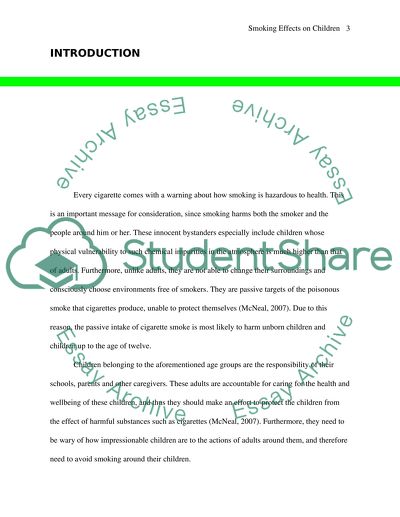Cite this document
(“Smoking: Effects on Children Research Paper Example | Topics and Well Written Essays - 2250 words”, n.d.)
Retrieved from https://studentshare.org/nursing/1399113-smoking-effects-on-children
Retrieved from https://studentshare.org/nursing/1399113-smoking-effects-on-children
(Smoking: Effects on Children Research Paper Example | Topics and Well Written Essays - 2250 Words)
https://studentshare.org/nursing/1399113-smoking-effects-on-children.
https://studentshare.org/nursing/1399113-smoking-effects-on-children.
“Smoking: Effects on Children Research Paper Example | Topics and Well Written Essays - 2250 Words”, n.d. https://studentshare.org/nursing/1399113-smoking-effects-on-children.


